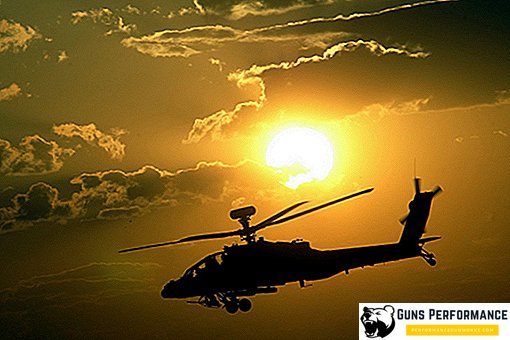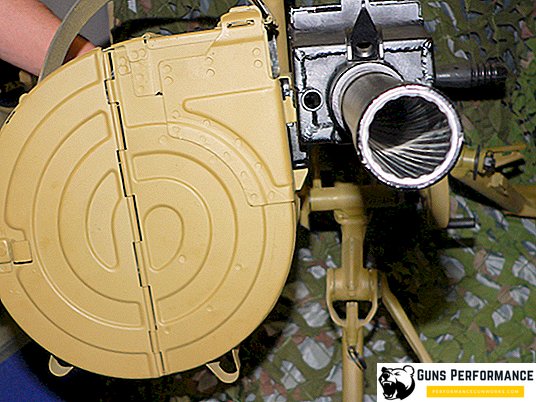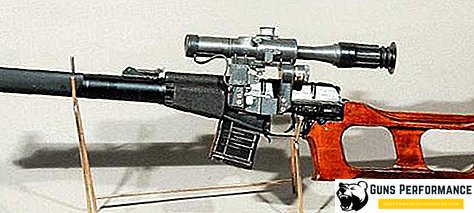Tu-104 is the first Soviet jet passenger aircraft. Developed by the experimental design bureau of A. N. Tupolev in 1955.

History of development and operation
At the beginning of the 50s of the 20th century, the Tu-16 strategic bomber was created in the USSR. Its creation was caused by the natural desire of the Soviet leadership to have parity with the United States in the field of long-range bomber aircraft, as well as the Cold War that began in the second half of the 1940s.
Even before the flight tests of the bomber began, the first sketches of a jet passenger aircraft, which could be based on the Tu-16, were created at the Tupolev experimental design bureau. However, the refinement of the strategic bomber and its tests forced to postpone this project. Only in 1954, the USSR Council of Ministers issued a decree on the creation of a jet passenger aircraft, which was to become the first passenger airliner of its kind in the USSR.
By the summer of 1955, the first prototype of the Tu-104 was developed and manufactured. In June of the same year, he first took to the air. And already in the next, in 1956, during the visit of N. S. Khrushchev to London, the Western world was able to see for itself that the USSR had its own jet airliners. Commercial operation of the Tu-104 passenger aircraft began in the autumn of 1956.
The beginning of the operation of the ship was marked by a grand restructuring of almost the entire airfield infrastructure of the Soviet Union. As a matter of urgency, the runways were reworked for a new aircraft, special servicing vehicles and refueling vehicles appeared on the airfields. At the airport buildings, a procedure for check-in, waiting and boarding appeared, and the conditions for passengers became much more comfortable.

Thanks to the Tu-104, the popularity of passenger flights in the USSR has increased significantly, and the flight time has seriously decreased compared with the passenger aircraft of the previous generation. It should also be noted that the aircraft was used abroad as well - several Tu-104s were delivered to Czechoslovakia.
However, the liner had a number of significant drawbacks, in particular, was very unstable, which sometimes led to the fact that it simply fell into a tailspin and stall. Due to the flaws in wing mechanization, the maneuverability of the Tu-104 at low speeds left much to be desired. Also, the imperfection of the onboard systems often led to aeronautical errors and crew errors. For these reasons, and also in view of the creation of more advanced passenger liners, the mass production of the Tu-104 was discontinued already in 1960.
Commercial operation of the aircraft continued until 1981. A total of 201 aircraft were produced, and 37 were lost, which is about 17 percent of the total number of aircraft. Thus, the Tu-104 is one of the most dangerous Soviet passenger liners.

Overview and Features
Tu-104 is a cantilever nizkoplan normal aerodynamic configuration with single-fin plumage. The power plant of the aircraft is represented by two AM-3 turbojet engines. Due to the fact that these engines are incapable of working on the reverse, the Tu-104 was equipped with a special parachute system, which ensured the opening of the domes during the landing of the liner and its braking. The nose of the aircraft had glazing.
Since the Tu-104 was designed on the basis of the Tu-16 strategic bomber, its dimensions were almost identical to the prototype. For this reason, the passenger capacity of the liner was small - only up to 50 people.
Flight performance of the Tu-104:
| dimensions | |
| length | 34.54 m |
| wingspan | 38.85 m |
| wing area | 174.40 m² |
| height | 11.90 m |
| fuselage diameter | 3.5 m [3] |
| cabin width | 3.2 m [4] |
| cabin height | 1.97 m [4] |
| Weight | |
| maximum take-off | 75,500 kg |
| maximum landing | |
| empty | 42,800 kg |
| payload | |
| fuel supply | 26,500 kg |
| fuel consumption | |
| Flight data | |
| Number of passengers | 50-110 |
| Cruising speed | 850 km / h |
| Max speed | 950 km / h |
| Maximum number M | |
| Flight range with maximum | 2750 km |
| payload | |
| Run length | |
| Path length | |
| Flight altitude | |
| Ceiling | 11500 m |
| Crew man | 5 |
| Maximum passenger capacity, people | 50 |
| Engines | 2 × 8750 kgf TRD Mikulin AM-3 |

Modifications Tu-104
In total, during the development and serial production of the Tu-104 passenger aircraft, 20 of its modifications were designed and were in production.
- Tu-104 - the basic model of the liner, designed for up to 50 passengers.
- Tu-104 2NK-8 - modification of the aircraft, equipped with more powerful and new engines NK-8.
- Tu-104A - modification of the Tu-104 with increased passenger capacity and the length of the fuselage. This model was supplied in Czechoslovakia.
- The Tu-104AK is a variant of the Tu-104A converted into a flying laboratory to prepare astronauts for weightless conditions.
- Tu-104A-TS - transport and sanitary modification of Tu-104A.
- The Tu-104B is a modification of the liner, which had a passenger capacity of up to 100 people, an extended fuselage and an improved wing design.
- Tu-104B-TS - transport and sanitary version of the Tu-104B.
- Tu-104V - modification with a passenger capacity of up to 117 people. Serially not produced. Also, this designation called Tu-104A aircraft, which were converted for increased passenger capacity (100-105 people).
- Tu-104V-115 - the modified Tu-104B re-equipped for an increased number of passenger seats.
- Tu-104G - Salon modification of the Tu-104.
- Tu-104D - salon modification liner.
- The Tu-104D-85 is a modification of the Tu-104, which is a Tu-104A converted to 85 passenger seats.
- Tu-104D ZNK-8 is a modification of the Tu-104 with more powerful engines. It was the first project in the development of the Tu-154.
- The Tu-104E is a modification of the liner, equipped with more economical engines, as well as with a modified wing and fuselage design.
- Tu-104LL - aircraft converted into a flying laboratory for testing missiles.
- The Tu-104SH is a training modification of the Tu-104, which was used to prepare a navigator for the Tu-16 bombers.
- Tu-104SH-2 - modification of the aircraft, designed to prepare the navigator on the Tu-22.
- Tu-104 "Repeater" - a modification of the Tu-104, used in testing passenger liner Tu-144.
- Tu-107 - modification of the liner for the needs of military transport aviation. Due to a number of shortcomings in mass production was not launched.
- The Tu-110 is a modification equipped with 4 AL-7P engines and also designed for the needs of military transport aviation. Mass production was not started, mainly due to the lack of orders.
- The Tu-118 is a modification of the Tu-104, equipped with 4 turbofan engines.

Advantages and disadvantages of the Tu-104
Before thinking about the merits and demerits of the Tu-104 passenger aircraft, it should be understood that this was the first jet airliner in the Soviet Union and one of the first in the world.
Definitely one of the advantages of the aircraft is the fact that for its time, the Tu-104 was in fact a giant step forward, in many respects making passenger flights as we know them today. Thus, the greater comfort of the aircraft compared with the IL-14, Li-2 and other aircraft used as passenger aircraft after the war, made it a real flagship in the Soviet civil aviation. Also an important advantage of the aircraft was the fact that thanks to it the airfield infrastructure of the USSR was significantly improved. Flight speed on the Tu-104 was also truly incredible: the country could fly around with transfers in just 14 hours. Spacious crew cabin contributed to greater ease of control of the aircraft.
Nevertheless, the Tu-104 had a large number of drawbacks. The engines that the liner was equipped with were very unreliable, as was its design. The low efficiency of operation of the Tu-104 required the search for new design solutions and the development of new models of passenger aircraft. The small passenger capacity of the liner only aggravated these problems. The imperfect system of on-board electronics sometimes failed, and also caused the crew’s mistakes, for which sometimes it was necessary to pay an exorbitant price.
The Tu-104 was essentially the impetus for the development of domestic civil aviation, becoming the "progenitor" of not only the Tu-134, but also the famous Tu-154.
Conclusion
Tu-104 today is practically not in use, even as a transport aircraft. For this reason, it can only be found in the aviation museum. However, despite its shortcomings, this aircraft became a weighty and important milestone in the history of Soviet civil aviation.












